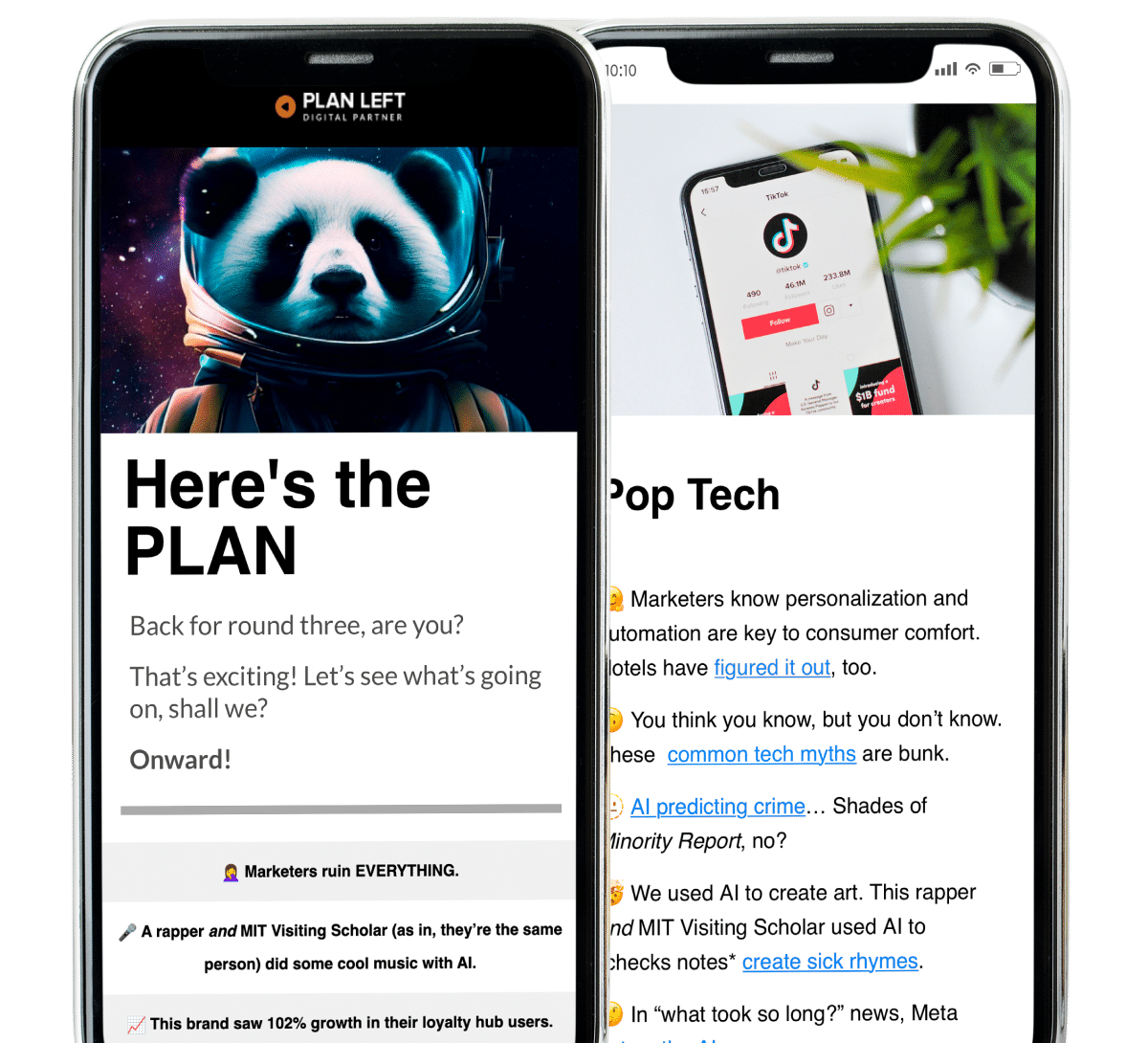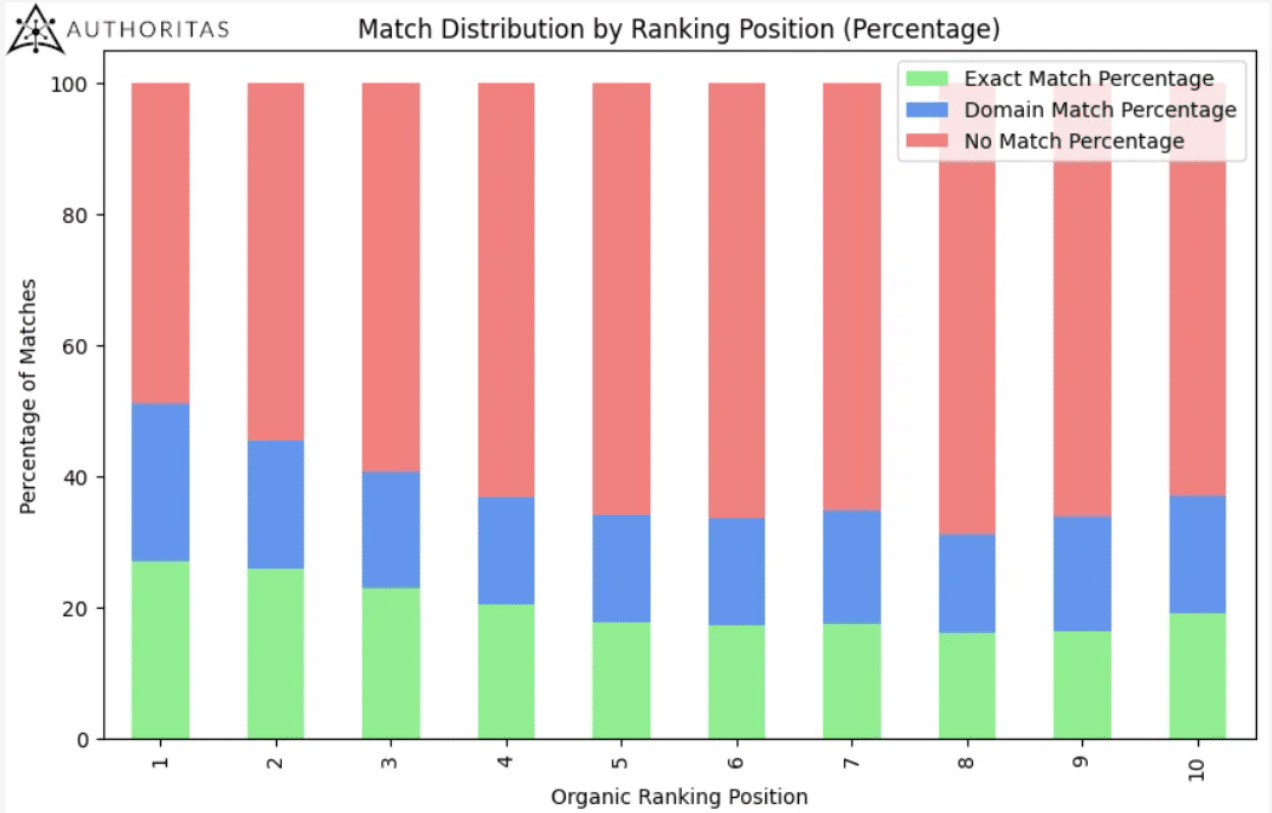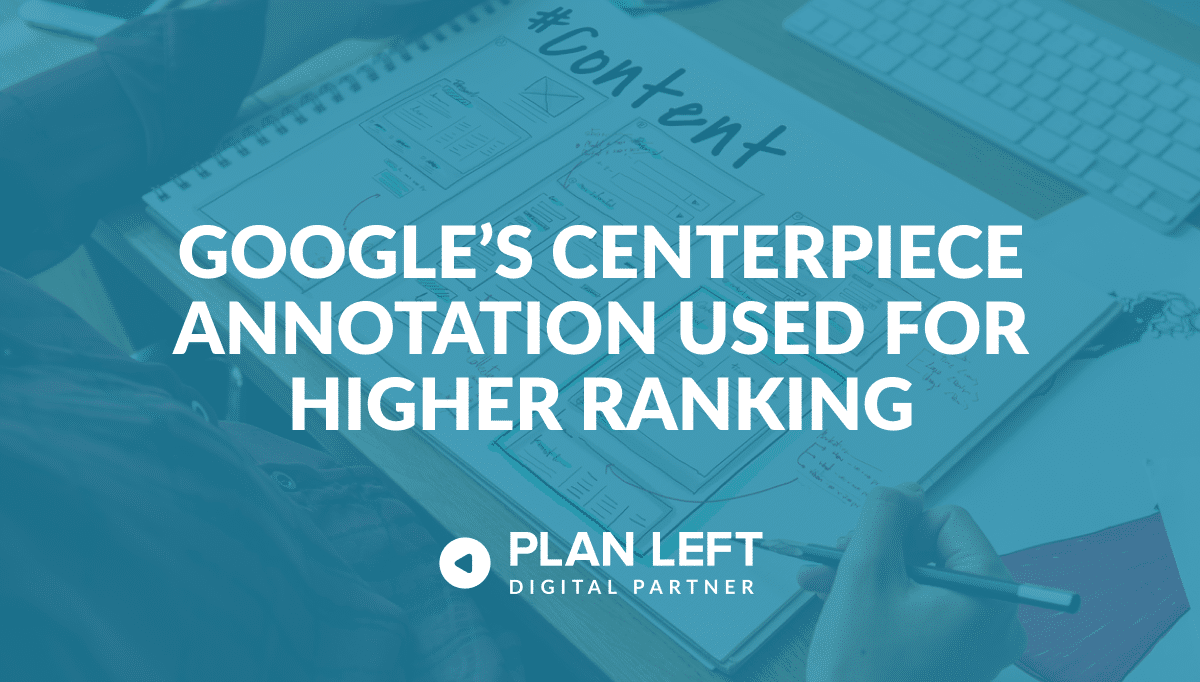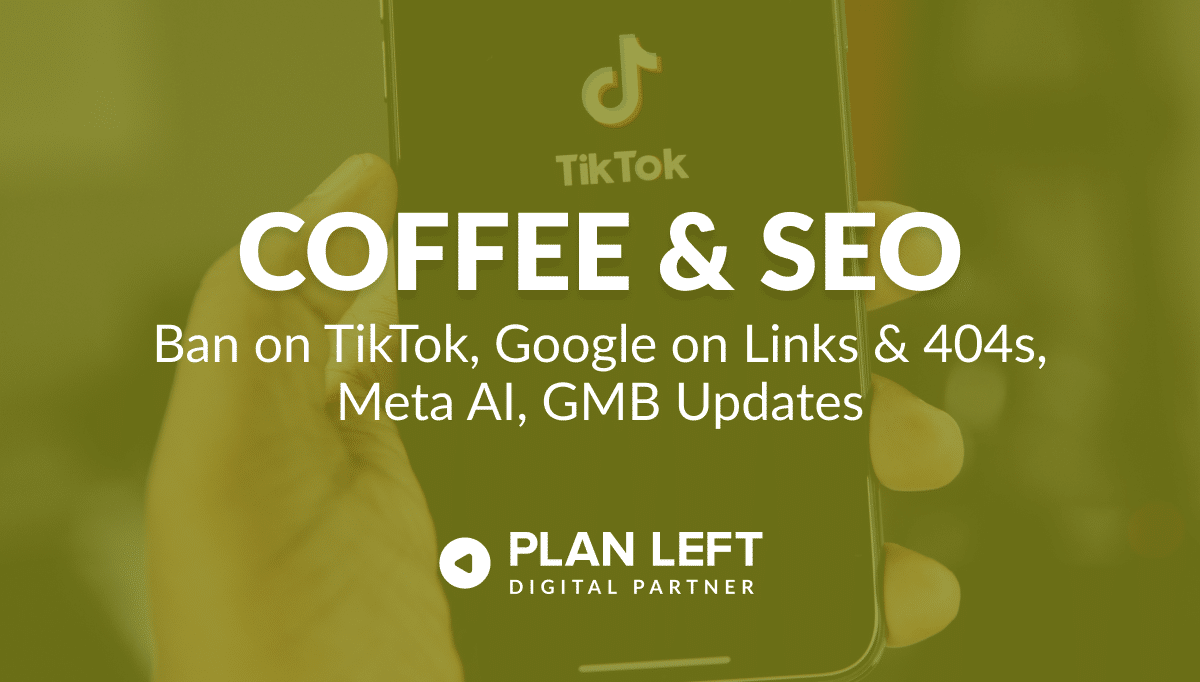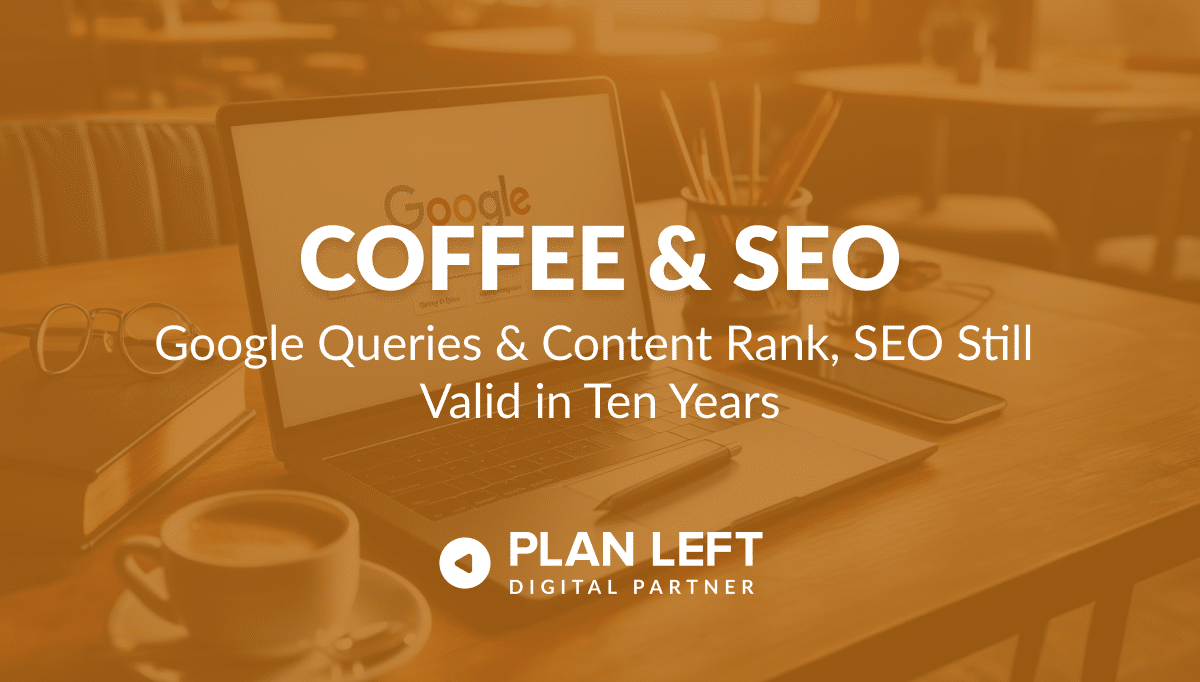
It’s easy to get caught up in what Google says or changes. But we sometimes forget to stop and consider the breadth of what they share and the impact on the bigger scale. Marketing and SEO aren’t straightforward. As we orchestrate strategies, the individual pieces make up the whole, but that doesn’t mean that the pieces outweigh the overall result. It is the overall result that we must consider when outlining the strategy.
In other words, if Google says something may not carry the weight you believed it did in search results, that does not translate to “delete it.” It simply means considering its purpose and how it adds value (helpful) to the user—not the algorithm itself.
Google Says Not to Delete YouTube Videos or Contact Pages
While it might seem like a quick fix or a way to streamline content, deleting videos or web pages like Contact or About Us can have far-reaching consequences. Each piece of content represents an investment of time, effort, and creativity, contributing to the overall narrative of your channel or website. By removing videos or content pages, you risk disrupting the flow of your content and alienating your audience, who may have engaged with that content in the past.
Deleting videos can impact your visibility on YouTube’s algorithm. The algorithm considers various factors, including engagement metrics and the consistency of your content. When you delete videos, you lose the traffic generated by those videos and disrupt the algorithm’s understanding of your channel’s content, potentially leading to decreased visibility in search results and recommendations.
Additionally, Google has emphasized the importance of maintaining “About Us” and “Contact Us” web pages after John Mueller replied that these pages were unnecessary in regards to search developer documentation but could still be helpful content. These pages can serve as crucial touchpoints for users seeking information about your brand, products, or services. Deleting or neglecting these pages could impact trust and credibility, leaving visitors with unanswered questions and diminishing their overall experience.
Consider a holistic approach to your content strategy, regardless of the platform. While individual decisions may seem insignificant, they shape how your brand is perceived and how easily users can engage with your content. We shouldn’t be focusing solely on short-term gains or efficiency but prioritizing our digital presence’s long-term sustainability.
After all, in the world of digital content, all the pieces make up the whole of any brand’s identity and online footprint.
Core Web Vitals – A Ranking Factor But Doesn’t Help You Rank
While Core Web Vitals aren’t a direct ranking factor in Google’s algorithm, they hold substantial sway over user experience. And as we all know, user experience reigns supreme. Imagine a scenario where a user lands on your website expecting a seamless experience, only to encounter slow loading times and elements shifting erratically. Experiences like these lead to frustration and result in users leaving your website to search for alternatives, affecting your site’s performance.
So, what exactly are Core Web Vitals, and why do they matter?
- Largest Contentful Paint (LCP) – This metric measures how quickly the main content of a page loads, assessing how fast users perceive your website to be loading. A slow LCP can lead to users abandoning your site before they even see your content.
- Cumulative Layout Shift (CLS) – CLS gauges the visual stability of your website by measuring unexpected layout shifts as content loads. Ever tried clicking on a link, only to have it move at the last second? That’s the kind of thing CLS aims to prevent.
- Interaction to Next Paint (INP) – INP evaluates your website’s responsiveness by measuring the time it takes for a user to interact with a page—such as clicking a button—and the browser’s response to that action. A high INP can frustrate users who expect immediate feedback, leading to a poor user experience.
Google’s algorithm is all about positive user experiences. These experiences translate into higher engagement metrics, such as longer time spent on the page and lower bounce rates—signals that convey to Google that your website delivers value to users, ultimately influencing your search ranking over time.
Those underperforming pages and images? Deleting them may seem like a quick fix, but it could disrupt the algorithm’s understanding of your website’s overall essence. Consistency and engagement are key in the algorithm’s eyes, and removing a page risks altering this perception, potentially impacting your search ranking.
Before making any decisions, consider that every update and improvement to your Core Web Vitals isn’t just about improving user experience but also signaling to Google that your website prioritizes user satisfaction.
Google SGE Study Shows Impact on SEO
Google’s Search Generative Engine (SGE) is set up to change how we see organic search results, presenting both challenges and opportunities for brands seeking to maintain visibility and relevance in the SERPs. The insights from recent studies by Authoritas on the impact of SGE on organic search rankings spotlight the need to adapt current SEO strategies, integrating Generative Engine Optimization (GEO) for SERP ranking success.
A few key takeaways from the study:
- Substantial Drop in Organic Rankings – When a user clicks on the SGE button or ‘Show More’ link, the No.1 organic listing drops down the page by an average of 1,255 pixels. This significant drop underscores the need for brands to reassess their SEO strategies in response to changes induced by SGE.
- Pervasive Presence of SGE Results – An overwhelming 91.4% of all keywords analyzed had an SGE result, highlighting the widespread integration of generative content into search results. Brands must recognize the prevalence of SGE and its implications for organic visibility.
- Below-the-Fold Impact – As soon as the SGE button is clicked, almost every No.1 organic position result falls below the fold of the page, diminishing visibility and click-through rates. This trend holds true across various vertical markets, necessitating strategic adjustments in SEO tactics.
- Vertical Variances – While the impact of SGE is felt across all vertical markets, there are significant differences in the magnitude of the drop for specific industries. Sectors such as Office Supplies, Technology & Electronics, and Fashion & Apparel experience more pronounced declines in organic rankings compared to Legal and Insurance.
- Competitive Landscape – With SGE introducing new links and content into search results, the competitive landscape becomes more challenging for organic rankings. Exact matches occur only 20.1% of the time, while domain matches occur 17.8% of the time, leaving the majority of organic results unmatched.
- Increased Competition for Attention – Even when brands achieve exact or domain matches, they face heightened competition from additional links introduced by SGE. On average, there are at least seven new links competing for the searcher’s attention and clicks, spotlighting the value of standing out in a crowded SERP.
- Adaptation Strategies – In response to SGE, brands should adapt their SEO strategies to maintain visibility and relevance. This may involve optimizing content to align with generative results, enhancing keyword targeting, and refining on-page SEO elements.
- Importance of User Experience – As organic rankings are pushed further down the page by SGE, brands should prioritize user experience to capture and retain audience engagement. Clear, concise, helpful, and relevant content increasingly drives clicks and conversions.
- Continuous Monitoring and Adjustment – Given the dynamic nature of search algorithms and the ongoing evolution of SGE, brands should continuously monitor their organic rankings and adjust their SEO strategies accordingly. Staying agile and responsive to changes in search behavior is key to maintaining a competitive edge.
- Collaboration and Expertise – Navigating the impact of SGE on organic search rankings requires blended efforts between SEO experts and digital marketing teams. Leveraging expertise and industry insights can help brands capitalize on opportunities presented by SGE.
As of the writing of this Coffee & SEO blog, there is no date set for the ‘official’ launch of Google’s SGE, but we can already see the way it will shape the landscape of organic search results via Google’s Search Lab. To prepare for the integration of SGE with traditional Google Search, brands should be proactively adapting their SEO strategies to maintain visibility and relevance. By understanding the insights from these studies and embracing strategic adjustments with GEO, brands can navigate the impact of SGE on organic search rankings and position themselves for continued success.
Watercooler Highlights
Who has Microsoft reporting in Google Analytics on their 2024 Bingo card? Not us. But we are here for it. Mo’ data, mo’ betta, right?! Also, you should check and see if any of your WordPress plugins and theme options were one of the millions impacted recently. More details are below in the Watercooler Highlights.
WordPress Vulnerability Issues
Recent reports highlight vulnerabilities affecting millions of WordPress sites due to plugins and themes. Essential Addons for Elementor’s flaw impacted 2 million sites, exposing them to potential exploits. Similarly, a Rank Math SEO plugin vulnerability affected another 2 million sites, posing significant security risks. Additionally, the Astra theme vulnerability threatened 1 million sites, underscoring the widespread challenge of securing WordPress installations against such threats.
These vulnerabilities reinforce the importance of regularly updating and maintaining your website’s security measures.
CoPilot New Sending GA4 Data
Microsoft CoPilot’s referral data is now identifiable in Google Analytics 4 (GA4)—yeah, you read that right. GA4 is now offering insights into traffic driven by CoPilot’s activities. This update allows us to analyze how CoPilot influences website traffic and engagement, marking a significant step in understanding AI’s impact on digital analytics and how to improve your SEO and GEO strategies to be more effective.
Digital marketing is fluid and constantly changing. Between search engines and social platforms changing processes and algorithms, keeping up takes a lot of time and energy. We get it. But if you find yourself uncertain about Google Core and Spam updates, what helps your website rank versus what is helpful to your audience, or what analytics and metrics you should track, we stay informed so you don’t have to. Whether it’s full-on support or staff augmentation, connect with Plan Left today to see how we can help you grow your business.
Explore Latest Posts
Back in 2021, Google’s Martin Splitt mentioned Centerpiece Annotations during a Duba webinar, and earlier this month, Gary Illyes mentioned ... read more
April 30, 2024
Since the last round of Core and Spam updates knocked nearly 40% of websites out of Google’s search index, it ... read more
April 26, 2024
Google says the quality of your webpage is a ranking factor, but what is ‘quality’ according to Google? That would ... read more
April 19, 2024
MARKETING insights
Join the Thousands Who Receive Our Twice-Monthly Newsletter.
It's hard to keep up. Our newsletter is packed with buyer behavior insights, the latest marketing and technology updates, work/life balance tips, and—because we ❤️ our support staff—adorable pets looking for forever homes. Only twice per month. No clogged inboxes. You can't say no.
